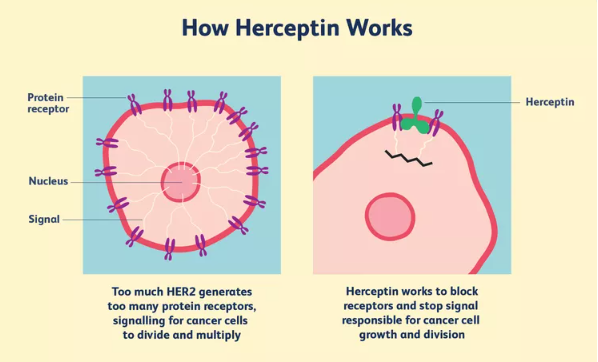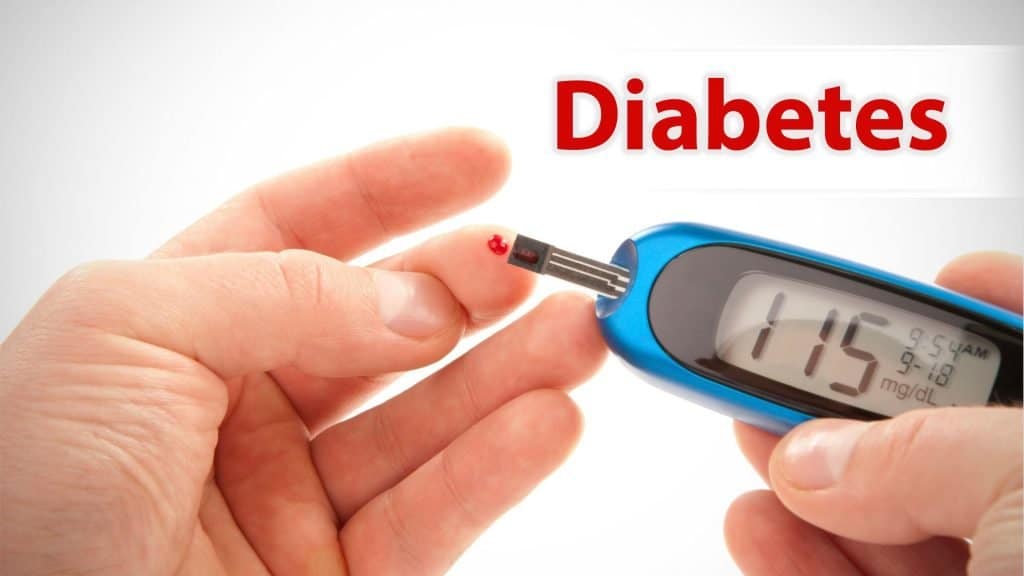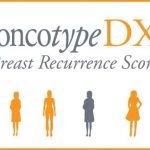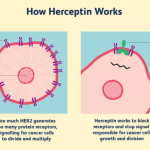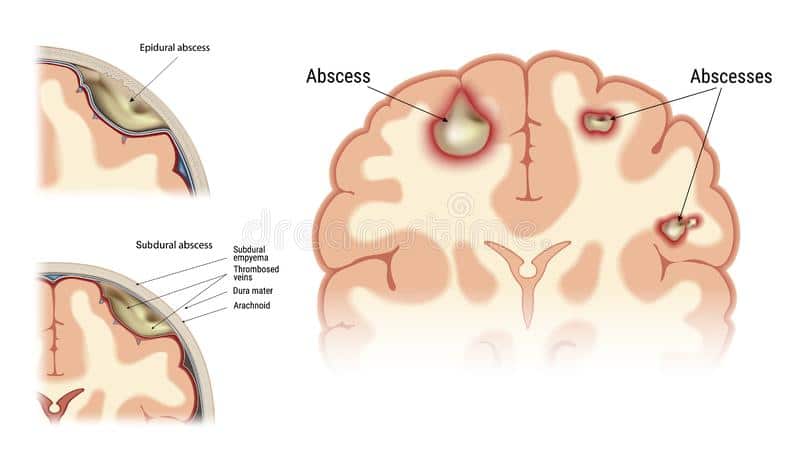BRAIN ABSCESS An Article in perspective to Physiotherapist
Brain abscess could be a relatively newer topic to all the readers. Our goal is to make our readers as known about the topics of lesser-known diseases and condition.
Focal infection within the brain parenchyma which starts as a localized area of cerebritis (infection of brain) that subsequently converts into a collection of pus within a well-vascularized capsule is known as brain abscess.
EPIDEMIOLOGY:
Brain abscess is considered as one of the most serious diseases of the Central Nervous System (CNS). This is more common among men and the morbidity rate is highest in the fourth decade of life.
It is associated with high morbidity and also includes seizures, persistent alteration in the mental status and also focal motor deficits.
This is a significant problem in the developing world due to large scale poverty, illiteracy and lack of hygiene.
INCIDENCE:
1-2% of incidence has been recorded in western countries. 8% of incidence has been recorded in developing countries. The increase in incidence is because of the opportunistic infection in immune compromised people.
Despite of this, mortality has recently decreased from 50-20% as a result of introduction of CT scanning. CT scanning resulted in earlier diagnosis and accurate localization of the abscess.
WHAT COULD BE THE REASONS?
Brain abscess could be a result of various reasons. The most apparent reason is infection. The infection could spread either directly or through veins. Other infections like dental infection, middle ear infection could also gradually result in brain abscess.
Similarly, some penetrating trauma in the head could result in brain abscess.
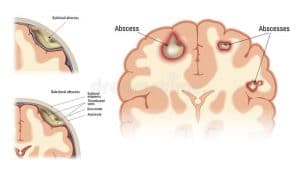
HOW DOES THE ABSCESS FORM?
Once there is infection or some sort of head trauma, the bacteria enter through the ventricular system. The entry of bacteria causes inflammatory responses that generate adhesions and obstruction in the ventricular system.
When the infection is confined to a single ventricle, that leads to a local abscess formation.
STAGES:
Like every other diseases, brain abscess formation also has 4 stages of its own.
STAGE 1:
Also known as early cerebritis, this takes 1-3 days. Local inflammation occurs and there’s marked edema in the brain tissue.
STAGE 2:
Also known as late cerebritis, this takes 4-10 days. There’s pus and maximum edema can be seen.
STAGE 3:
Also known as early encapsulation, this takes 10-13 days. Capsule limits the spread of infection and capsule develops slowly in the medial wall of abscess.
STAGE 4:
Also known as late capsule stage, this takes 14 days and on.
CLINICAL PRESENTATION:
This majorly occurs in the first 2 decades of life.
Male are more affected but the cause is unknown.
In infants: There is increase in head circumference, bulging fontanel, separation of cranial sutures, vomiting, irritability and seizures.
In general:
- Head ache (90 %)
- Change in conscious level (60 %)
- Focal Neurological Deficits (60 %)
- Fever (more than 50 %)
- Nausea and vomiting (50 %)
- Seizure (50 %)
- Hemiparesis/ cranial nerve involvement (14.5%)
INVESTIGATIONS:
CT SCAN
MRI

COMPLICATION:
- EPILEPSY
- COGNITIVE DYSFUNCTION
- CHANCE OF RECURRENCE
MEDICAL MANAGEMENT:
- ANTIBIOTICS THERAPY
- ASPIRATION
- EXCISION OF BRAIN ABSCESS
- USE OF ANTICONVULSANT THERAPY
PHYSIOTHERAPY MANAGEMENT:
- PSYCHOLOGICAL SUPPORT
- PREVENTION OF CHEST COMPLICATION
- PREVENTION OF PRESSURE SORE
- PROMOTE VITAL FUNCTIONS
- ENHANCING PROGRESSION THROUGH THE DEVELOPMENTAL SEQUENCE ACTIVITIES.
REFERENCES:
- 1. Brain abscess: Current management
- Hernando Alvis Miranda, Sandra Milena Castellar-Leones, Mohammed Awad Elzain,1 and Luis Rafael Moscote-Salazar
- 2. Neurological Rehabilitation Darcy Ann Umphred
AUTHOR OF THIS POST
Diva KC, Physiotherapist
NEPAL
